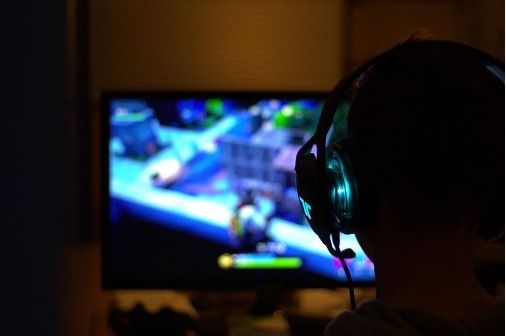Gaming Disorder: A Deeper Look into Its Causes and Complexities Insights from the 2023 Review by Király et al. (part 2)
(continues from part 1)
2. Individual Factors: Who Is Most at Risk?
Gaming disorder does not affect everyone equally. The review identifies a wide range of individual-level contributors, including:
Demographics
- GD is more prevalent among males (2.5:1 ratio compared to females).
- Adolescents are especially at risk due to high gaming engagement and underdeveloped impulse control.
- Ethnic and socio-economic factors may play a role, but findings are mixed.
Psychological Traits and Comorbidities
- Personality traits: High neuroticism, low conscientiousness, and high impulsivity are strong predictors.
- Mental health: GD frequently co-occurs with depression, anxiety, ADHD, and autism spectrum conditions.
- Low self-esteem and poor social skills can drive individuals to seek validation or connection in virtual environments.
Motivational Pathways
Motives such as escapism, achievement, and social interaction play a critical role. Those who game to avoid real-life problems or regulate negative emotions are significantly more likely to develop disordered patterns. Gaming becomes a maladaptive coping strategy, especially in the absence of healthier emotional regulation tools.

3. Environmental Factors: The Social and Cultural Context
GD is not just about the player and the game—it also reflects broader environmental dynamics, including:
Family and Early Experiences
- Poor parent-child relationships, lack of supervision, and authoritarian or neglectful parenting are all associated with increased risk.
- Childhood trauma, including maltreatment or neglect, significantly heightens vulnerability.
- Protective factors include warmth, communication, and joint social activities within the family.
Peers and School Environment
- Adolescents with poor peer relationships, bullying experiences, or low school engagement are more likely to turn to gaming for compensation.
- Schools that foster autonomy, competence, and social belonging help reduce the risk of problematic gaming.
- Teachers and youth workers can play a preventative role by creating supportive and engaging learning environments.
Cultural and Societal Influences
The prevalence and perception of GD vary by region and culture:
- Asian countries treat GD as a major public health issue, often implementing strict national regulations.
- Western countries typically frame it more as a clinical concern addressed through private treatment.
- The rise of esports—especially in countries where professional gaming is glamorised—may also contribute to increased risk.
Cross-cultural studies suggest that cultural values like competition, individualism, and academic pressure may mediate the expression and impact of GD.

Implications for Youth Work and Prevention
This research underlines a key message: Gaming disorder is a complex, multifactorial phenomenon. No single factor causes it; rather, it emerges from the interplay of design elements, personal vulnerabilities, and social environments.
For youth organisations and professionals involved in projects like MINDSET, the implications are clear:
- Prevention requires training in digital and emotional literacy.
- Support systems must consider both individual risk profiles and environmental dynamics.
- Interventions should be inclusive, context-sensitive, and culturally adaptable.
Incorporating this evidence base can help youth workers move beyond myths or moral panic and provide informed, compassionate, and effective support to the young people in their care.
References
Király, O., Koncz, P., Griffiths, M. D., & Demetrovics, Z. (2023). Gaming disorder: A summary of its characteristics and aetiology. Comprehensive Psychiatry, 122, 152376. https://doi.org/10.1016/j.comppsych.2023.152376